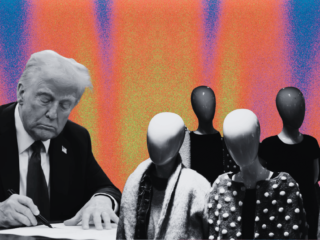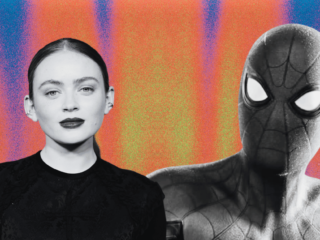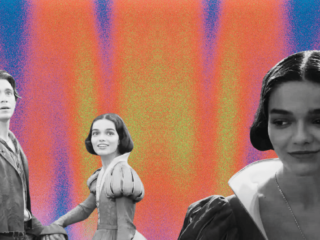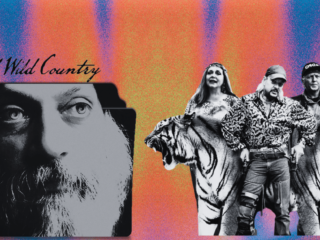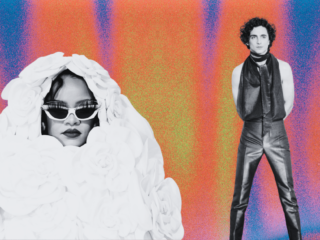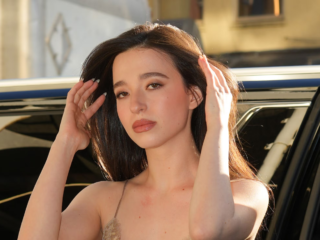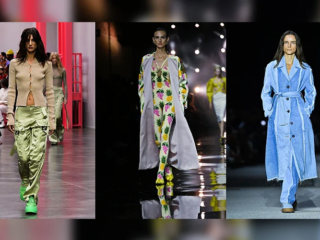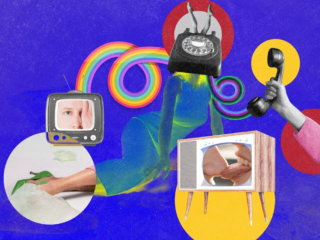Art and technology, once seen as distinct domains, are now intertwining in ways that redefine creativity and expression. This fusion is heralding a New Renaissance, where traditional art forms meet cutting-edge technological advancements to create experiences that are both innovative and profoundly human. Let’s explore how this convergence is reshaping the artistic landscape.
Art challenges technology, and technology inspires art.
John Lasseter
The Historical Parallel: A Renaissance Reimagined
The term “Renaissance” evokes images of 15th-century Europe, where art, science, and philosophy flourished in harmony. Today, we are witnessing a similar cultural rebirth, driven by technology’s impact on artistic practices. Just as the invention of perspective and the printing press revolutionized art and knowledge centuries ago, digital tools and platforms are transforming how we create, share, and experience art.
How Technology is Revolutionizing Traditional Art
Technology has become a catalyst for innovation in traditional art, unlocking tools and techniques that were once unimaginable. By combining age-old methods with modern advancements, artists are exploring new dimensions of creativity.
Technology-driven installations, incorporating sensors, lights, and sound, create interactive experiences. These installations transform viewers into participants, blending art with performance.
1. Digital Painting and Sculpture:
Traditional painting techniques are now reimagined with digital tools like Procreate, Adobe Photoshop, and Corel Painter. Artists can replicate the texture of oil paints, watercolors, and charcoals on a digital canvas.
Sculpting has also gone digital with software like ZBrush, allowing artists to craft intricate 3D models that can be 3D-printed into physical forms.
2. Augmented and Virtual Reality:
AR and VR are redefining the way art is experienced. Virtual reality exhibitions allow audiences to “step into” a painting, exploring its dimensions and details in an immersive environment.
Augmented reality apps bring art to life, overlaying animations or interactive elements onto traditional works when viewed through a smartphone or tablet.
3. AI-Generated Art:
Artificial intelligence tools, such as DALL-E and MidJourney, are enabling machines to create art based on prompts. These works often blur the line between human creativity and machine intelligence.
Artists are using AI to augment their creativity, generating ideas, patterns, or even entire compositions that inspire their traditional practices.
4. 3D Printing:
Traditional sculptors are embracing 3D printing to produce highly detailed and complex forms. This technology allows for experimentation with materials and scales that were previously unattainable.

Bridging Generations: Technology as a Tool, Not a Threat
One of the greatest challenges in merging technology with traditional art is preserving the authenticity of heritage techniques. However, many artists see technology not as a replacement but as a complementary tool:
- Blending Techniques: Artists are combining traditional methods, such as hand-painting or sculpting, with digital enhancements, ensuring that the essence of their craft remains intact while embracing new possibilities.
- Preservation and Restoration: Advanced imaging technologies, such as infrared scans and 3D modeling, are being used to restore and preserve historical works without compromising their integrity.
Notable Examples of the Fusion
The synergy between technology and traditional art is best illustrated through groundbreaking projects and visionary artists who are pushing the boundaries of what’s possible. Here are some remarkable examples that showcase this harmonious blend:
The Met Cloisters AR App: The Metropolitan Museum of Art has developed augmented reality apps to reimagine historical spaces and bring medieval art to life for modern audiences.
Refik Anadol: A pioneer in merging AI with traditional art, Anadol creates data-driven installations that transform complex datasets into stunning visuals, often inspired by nature and history.
TeamLab: This Japanese art collective blends traditional motifs with digital technology to create immersive, interactive environments that feel like stepping into a painting.
Closing Thoughts
The marriage of technology and traditional art is not merely a trend but a transformative shift. It’s a reminder that creativity knows no boundaries and that innovation can coexist with tradition. Just as the Renaissance of the past brought light to a dark age, this New Renaissance holds the potential to illuminate the path forward for art, culture, and humanity.
In the words of Leonardo da Vinci, “Art is never finished, only abandoned.” Today, with technology as a partner, art is not abandoned but continuously reimagined, bridging the gap between the old and the new, the tangible and the virtual, the human and the machine.

